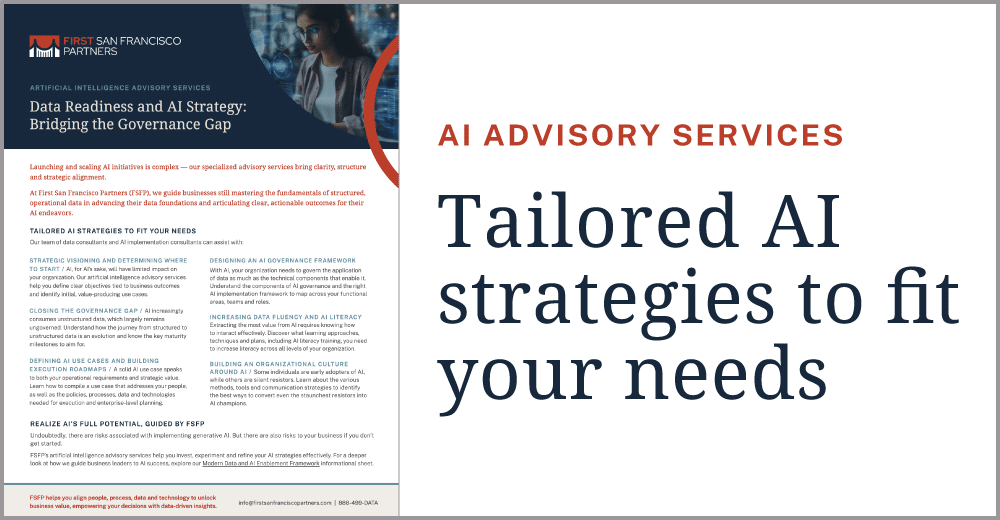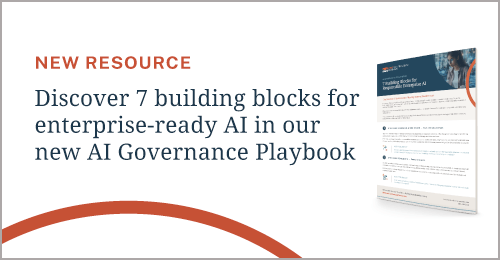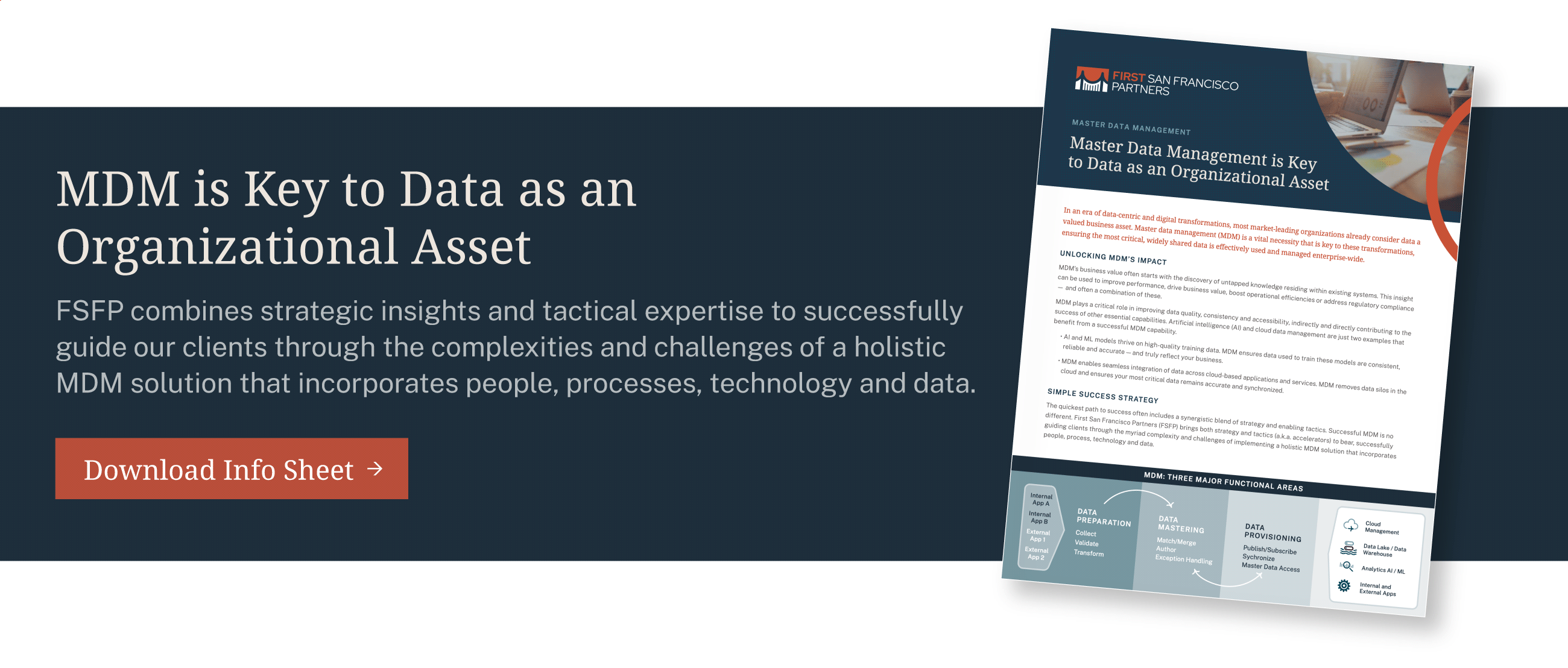A framework to start measuring the value of data includes identifying what information needs to be valued and why, determining a valuation philosophy (actual or relative) and determining a valuation approach.
To identify what information needs to be valued, determine what types of content is crucial to business operations. This may include transactions, domains, catalogs, documents, metrics, etc. You may already have prioritized your data into critical data elements (CDEs), master data domains, enterprise vs. departmental data, etc.
However you decide to prioritize your data, the idea is to determine what data your business can't function without. Articulating why this information is critical and must be included in the valuation makes it easier to defend the results.
There are two general philosophies for measuring the value of data. One is measuring the actual value — for example, what the data is worth if you sell it in the market, or what is the impact to the company if the data is lost and needs to be replaced.
The second is measuring the value the data provides to the company, or a process or another asset. An example of this is the value of the data as it contributes to the value of the brand.
Lastly, it's necessary to determine the calculation method. Depending on the type of data or information and the valuation philosophy you choose, there are different ways to calculate value. As you complete this final step, be sure the information to be valued, the valuation philosophy and the valuation approach are understood and purposeful to executives and stakeholders.
There are two general philosophies for measuring the value of data: One is measuring the actual value. The other is measuring the value the data provides to the company, or a process or another asset.
Aligning Benefit to Value Proposition
The next category of measurement useful to CDOs is to measure the impact (and, therefore, success) of any data program. To determine the value you can provide, you need to start by understanding what is meaningful to the business, then dissect the business opportunity or the business issue to create your metrics. You can apply this approach to a broadly stated goal or objective, such as “increase market share” or to a specific business issue, such as poor-quality reports.
Once you identify the business challenge, it's helpful to continue the line of questioning to elicit additional detail and expected result. Then you can create the measurement and metrics that address the business need. In the process of clarifying the issue, what is meant by the issue, why that issue is important and the change you’d like to see (i.e., the goal), you can better outline the variables and the inputs. Also ask, “what is the impact if those objectives aren’t met?” to establish the risk of doing nothing. Many times, just by clarifying “what you mean” and “why you care,” you can come up with a way to track a change over time or measure the result.
After articulating a business goal, next identify the processes that are involved in accomplishing that goal, the information used in those processes and the data elements that encompass that information. To deliver that goal, what is the change that is needed in those data elements? The changes could be typical data quality metrics, such as improved completeness, uniqueness and timeliness. Or it could be more metadata improvements that will enhance the understanding of the data, such as unambiguous data definitions or coherent data set content.
This is where the impact metrics meet the progress metrics, which I cover next.
Once improvements in the data and information are made, the final step is to circle back to the business goal to confirm that the objectives were met. This is important because data is pervasive in an organization, with many dependencies. If the objectives aren't achieved, there may be another dependency that needs to be addressed that wasn’t obvious in the beginning. So, fix that new data challenge, and reassess the results.
Measure the impact — and therefore the success — of your organization's data program.
Measuring Progress in a Meaningful Way
Many times, measurements associated with data programs start with data-centric improvements, rather than business improvements. When this occurs, the measurements tend to reflect progress in data management capabilities, such as the seven dimensions of data quality, or how much data lineage has been identified.
The problem with this approach is you can spend a tremendous amount of effort measuring myriad different aspects and not tie those back to business improvements. If you start with the business goal and dissect it into the data changes that need to be made, then you're effectively prioritizing your data progress metrics so you measure the dimensions of data quality that matter (not all seven) — and know how much lineage is needed to support the business goal.
Progress metrics fall into four main categories:
- People – who needs to be involved, have they been appropriately trained and are they participating in a meaningful way.
- Process – what standard processes need to be created and operationalized to support the data strategy.
- Technology support – what tools and solutions are needed to automate, manage, optimize and measure the processes and data in scope of the data strategy.
- Data – what data needs to be defined, the quality of that data, and do we understand the origin, lifecycle and usage.
And of course, it’s critical to measure the progress of your data strategy against your roadmap.
Measurement is also iterative. You will find that the more you know, you can adjust your metrics and measurements to become more precise or focus on different things to drive value.
Data program progress metrics fall into four main categories: people, process, technology support and data.
Translating Data Value into Business Value
Not surprisingly, communication is key to maintaining commitment for any data initiative. The right metrics help maintain alignment, but a metric that’s meaningful to one group can be meaningless to another.
Consider this scenario: A business unit declares a governance initiative a success, because it resulted in a 30 percent reduction in data errors. Another unit, unaware of the time and resources that typically go into fixing data issues — and the impact if they are not fixed — may view such a metric as useless and won't value the investment made in the program.
Metrics have greater value if they're aligned to the interests of — or at least can make a connection with — stakeholders company-wide. Work to ensure there is a way of measuring how improvements to data (and its governance) are helping people progress toward their collective goals by translating the value statement into each area’s own language.
Using the preceding example, it would be more meaningful to have extended the importance of the reduction in errors to the impact it provided, e.g., reducing the time it takes to process an order, thereby increasing customer satisfaction as well as order-to-cash efficiency.
To truly translate measurement into tangible business value, link progress metrics with impact metrics, aligning everything to company-wide business goals.
If you missed the first article in this two-part series, read Quantify the Value (and Meaning) of Data.
Array




